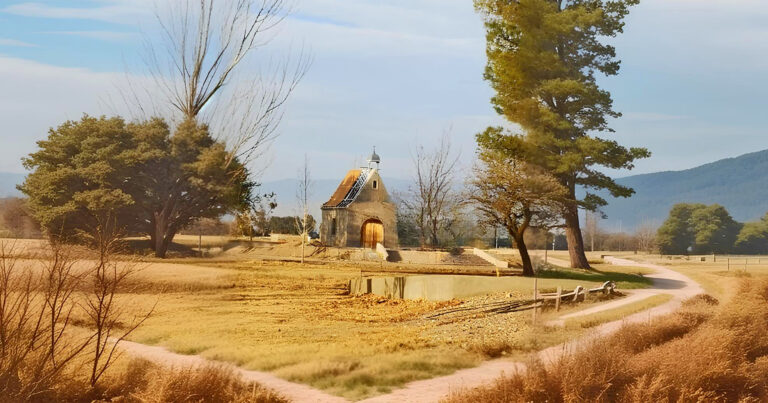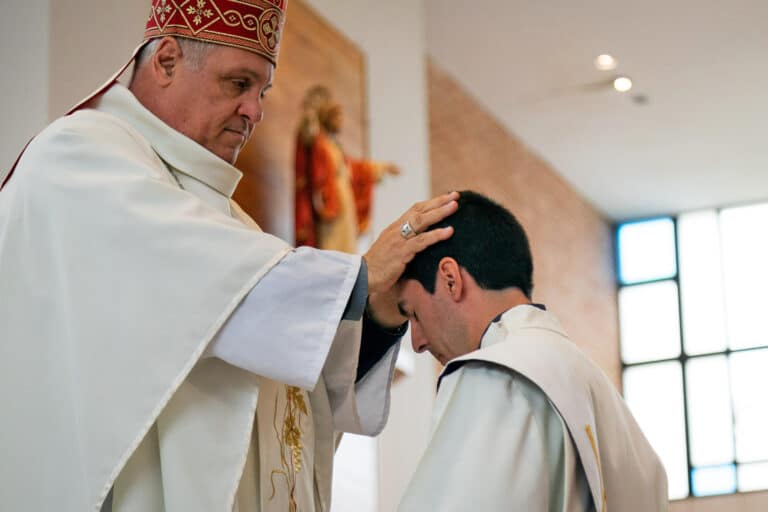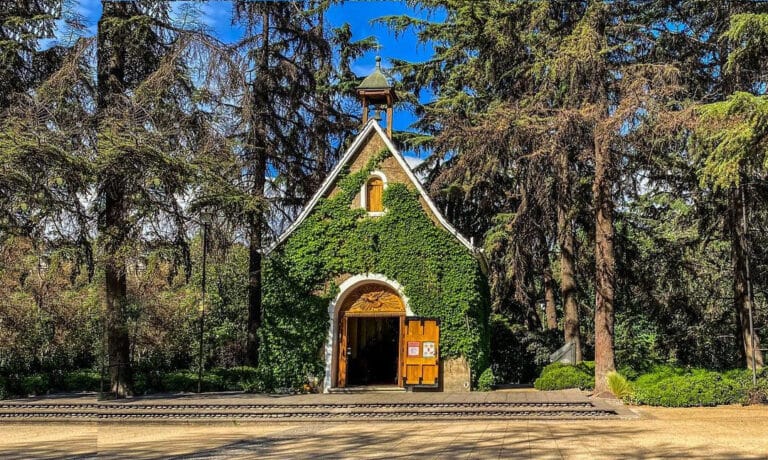On October 18th, the Schoenstatt Family of Buenos Aires celebrated the 60th anniversary of the Belgrano Shrine. The main celebrant of the Mass was Monsignor Alejandro Giorgi, Auxiliary Bishop of Buenos Aires, and Episcopal Vicar of the Belgrano area. Father Guillermo Carmona, adviser of the Schoenstatt Belgrano Family, Father Pablo Perez, National Director of the Movement -both Schoenstatt Fathers- and invited priests from the Archdiocese concelebrated.
All the branches of the Family actively participated in the planning of this celebration, not only with the logistics but fundamentally through their contributions to the Capital of Grace trusting that the glories of Mary will continue to be manifested from this Shrine and that she will work miracles of grace transforming the hearts of all those who come to this Tabor.
Our Founder’s secret “favorite idea”
We want to remember the past with gratitude, live the present with passion, and open ourselves with confidence to the future. It is here that our Founder’s secret favorite idea was realized 60 years ago.
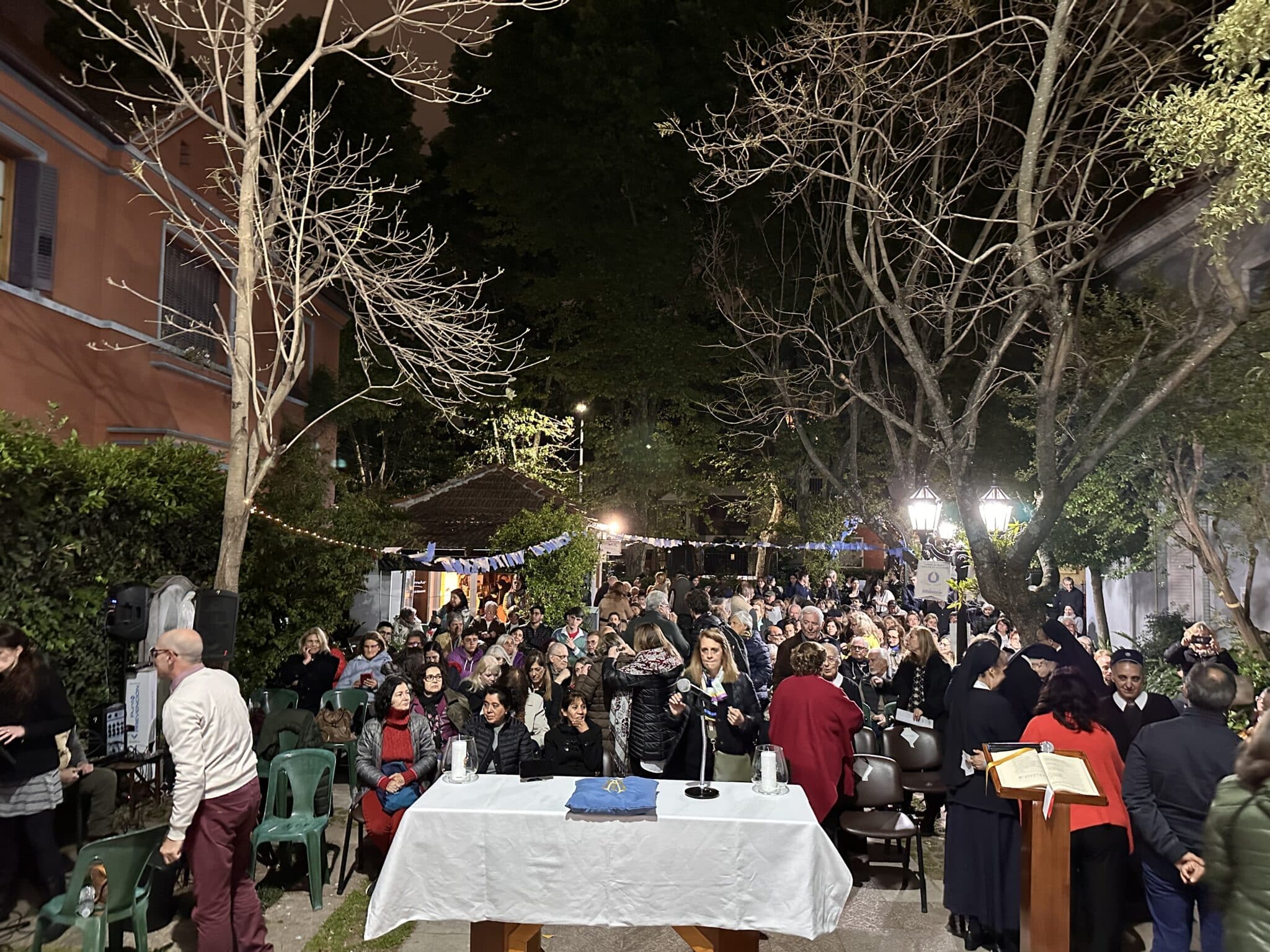
Father Joseph Kentenich, who was here in 1950 and 1951, was interested in the construction of this Shrine, emphasizing the importance of establishing a throne of grace to the Blessed Virgin, the great conqueror of evil, in a city as big as Buenos Aires.
On December 14, 1949, the Sisters of Mary arrived to this house at 3632 Echeverría Street in the city of Buenos Aires, which was lent by the Schormair family and which they were able to buy after 10 years.
Father Joseph Kentenich stayed in the Providence House, the house of the Sisters of Mary, several times between 1950 and 1951.
Father Joseph Kentenich’s time in the house
At that time, there was only the old chalet in the middle of a beautiful garden, similar to a small park because of its tall trees. Father Kentenich would walk around praying the breviary or the rosary or having a conversation with those who visited him. Without exaggerating, it can be said that there is no place in the house or in the garden that the founder did not walk at least once. The space inside the house was very cramped since there were about 15 sisters living in it and the extensions that were made later did not exist. Furthermore, when Father Kentenich stayed there, many more sisters came to the house regardless of the limited physical accommodations.
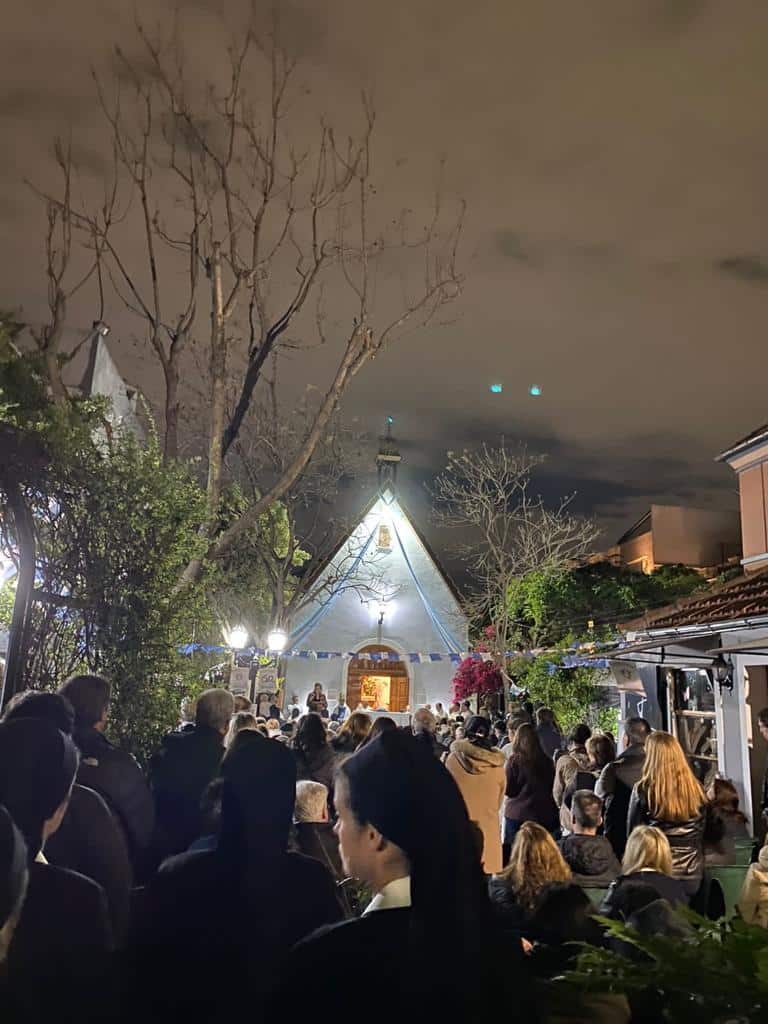
The room where Father Kentenich stayed was in the winter garden, next to the dining room, the only room in the house with an independent entrance from the garden. There was only a bed, a table and two chairs, no private bathroom and no fan in spite of the 33-degree summer heat. At that time the Sisters’ economic situation was very difficult and the Founder shared this austerity with them.
The path that leads to Christ, also to the Mother of God, is the path of smallness, the path of meekness.
Father Joseph Kentenich, Belgrano, January 23, 1951
Twenty sisters used to meet with Father Kentenich in the small house
In the dining room of the house Father Kentenich shared every meal with the Sisters.
We want to strive so that the Spirit may penetrate us even more deeply so that all of us may become more authentic, profound, and simple.
Father Joseph Kentenich, Belgrano, January 22, 1951
They read with him and talked about the issues raised in Schoenstatt by the visitation and his responses expressed in the Letter of May 31, 1949; they shared the hopes and difficulties of building the first Argentinean Schoenstatt Shrine – which would be built in Florencio Varela – as well as the affairs and problems of everyday life.
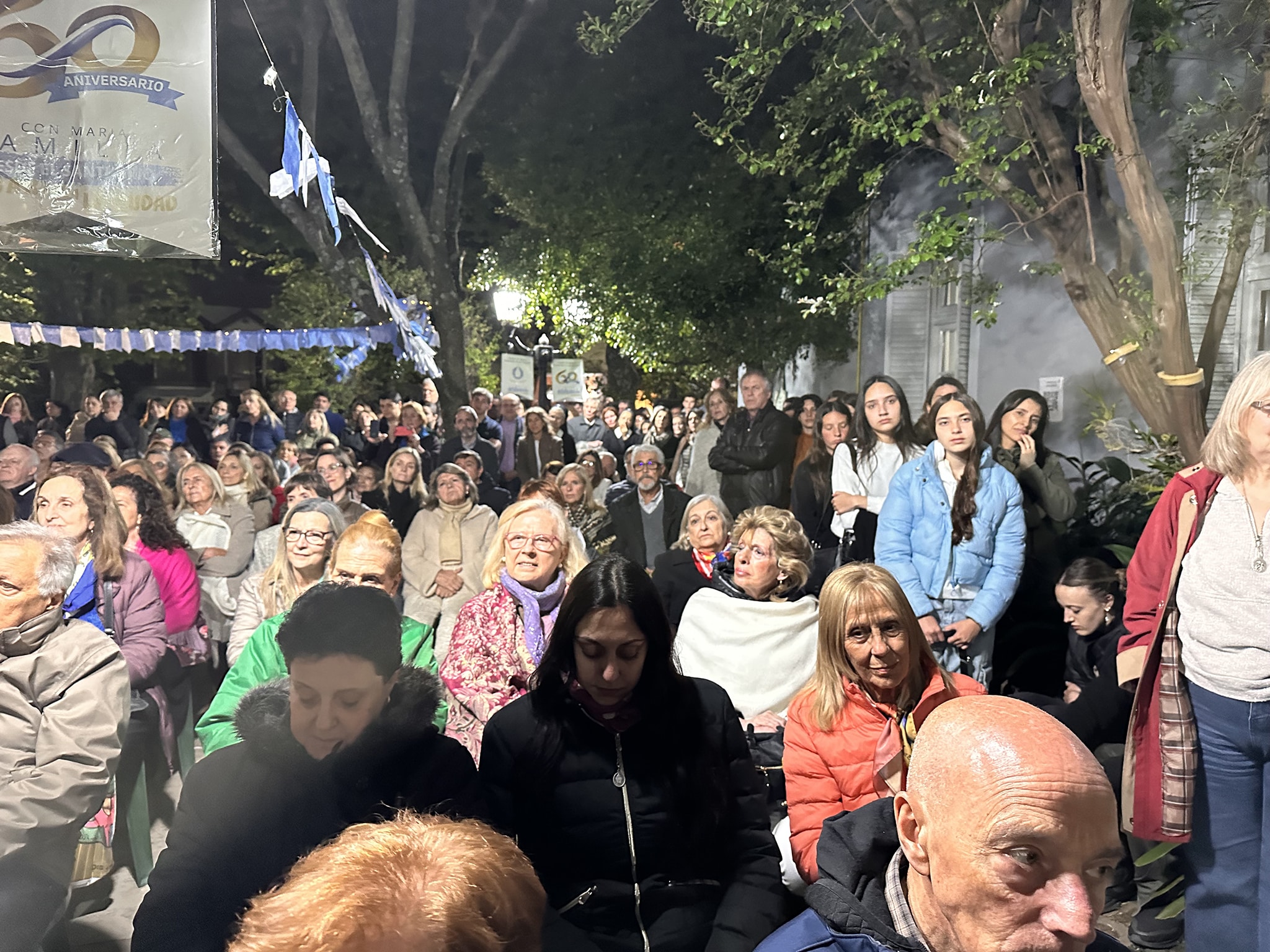
Stories that marked the lives of many Sisters
The house chapel was located in the room that is now the foyer. The altar was located in front of the windows facing the street. The altar was the one now located in Father’s Shrine in New Schoenstatt.
During his stays, the Father and Founder celebrated daily Mass and usually had a meditation beforehand. The Sisters recall that, in the face of great difficulties, especially in erecting the longed-for Shrine, Father Kentenich always comforted and encouraged them, corrected them, and educated them in a very paternal way. The aforementioned chapel was maintained until 1963, when the Shrine, today called “de Belgrano”, was blessed.
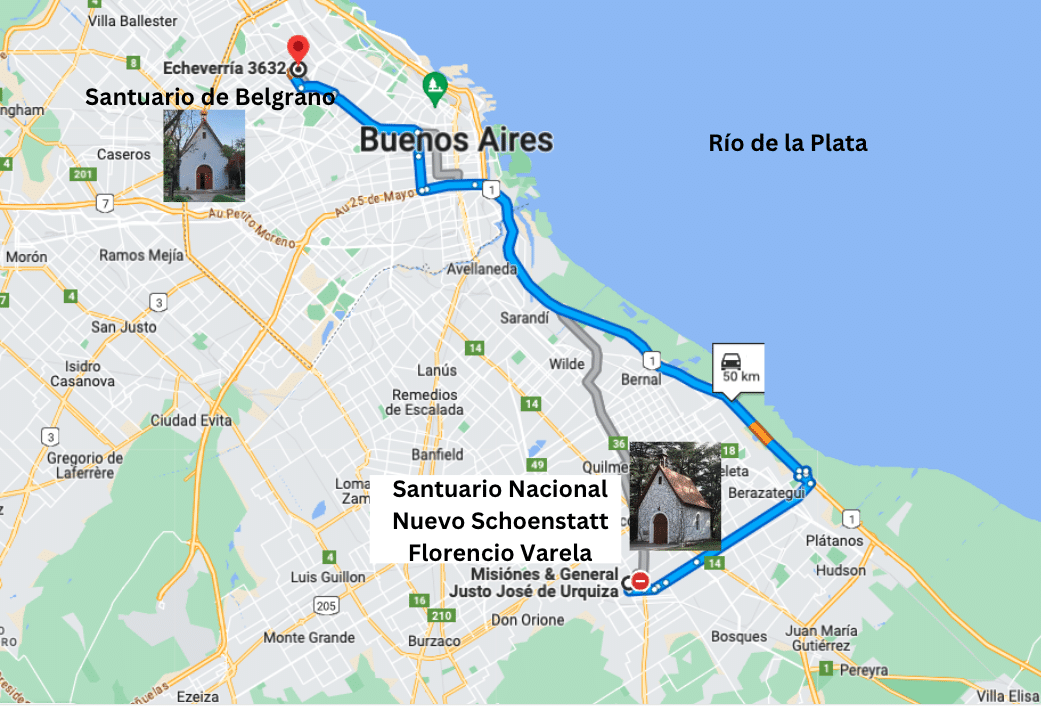
Another Shrine “so close”, 50 km. from Florencio Varela?
The Founding Father decided the destiny of “Echeverría” (the name of the street where the Shrine is located in the Belgrano neighborhood), expressly indicating to the Sisters that they should build a new daughter Shrine, a city Shrine for the unsettled and restless inhabitants of the big city.
At first, the Sisters thought of building a wayside shrine in the garden. At that time, it did not seem convenient to build a Shrine “so close” to Florencio Varela, which was 50 km. away from the property. They wrote to Father Carlos Boskamp, a Pallottine Schoenstatt Father who was working in Brooklyn, New York. Father Carlos, who was in contact with Father Kentenich, spoke to the founder about this idea. Later, the Sisters received a letter in reply from Father Carlos: Father Kentenich believes that it should not be a wayside shrine but a Shrine, a city Shrine.
On October 18, 1961, the cornerstone was laid. On October 18, 1963, it was blessed.
Ver essa foto no Instagram
Uma publicação compartilhada por SCHOENSTATT Belgrano (@schoenstattbelgrano)

